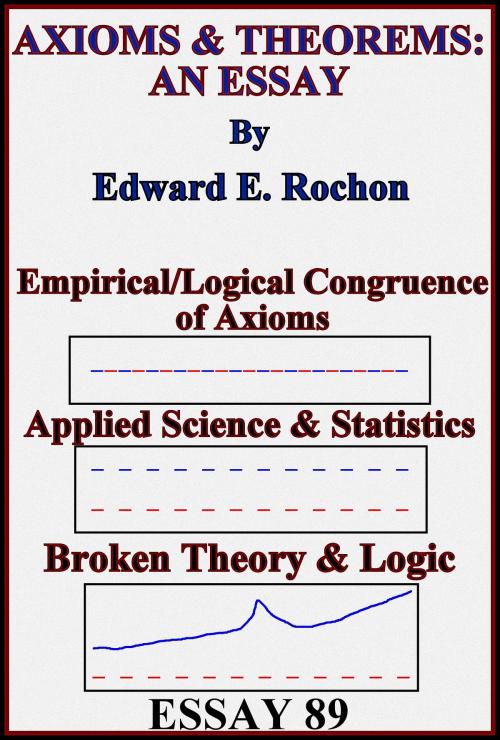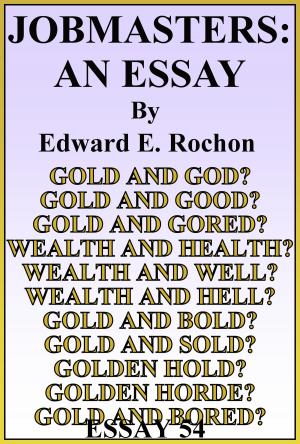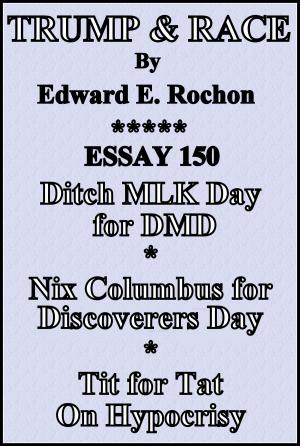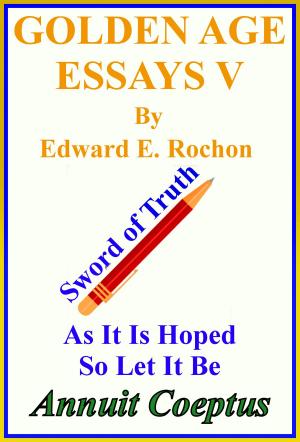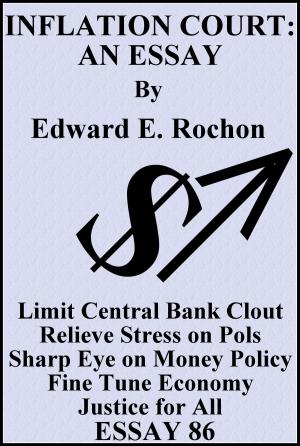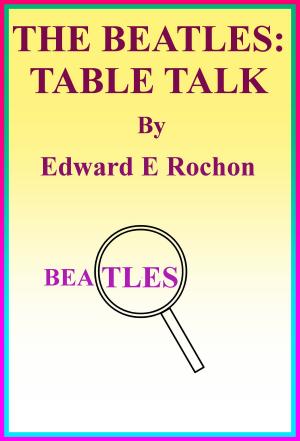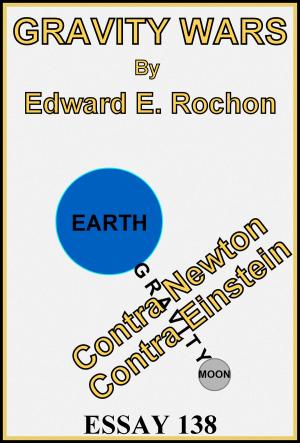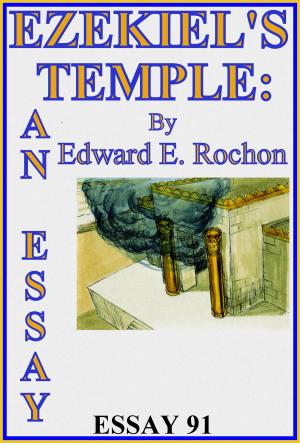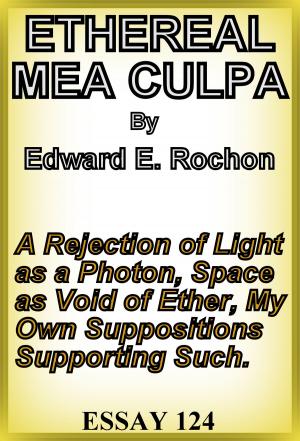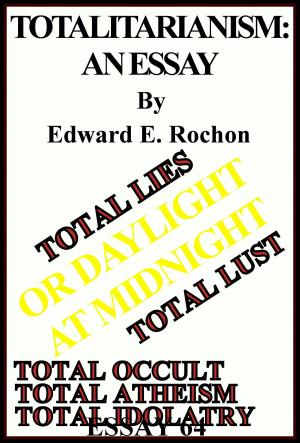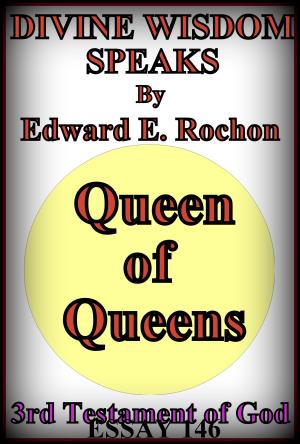| Author: | Edward E. Rochon | ISBN: | 9781311223296 |
| Publisher: | Edward E. Rochon | Publication: | February 19, 2016 |
| Imprint: | Smashwords Edition | Language: | English |
| Author: | Edward E. Rochon |
| ISBN: | 9781311223296 |
| Publisher: | Edward E. Rochon |
| Publication: | February 19, 2016 |
| Imprint: | Smashwords Edition |
| Language: | English |
A preface notes some pertinent matters published in previous essays and states the purpose. Chapter 1 discusses the Prime Identity (Existence = Existence), and starts with an insert from a previous essay discussing time. I make my case for antecedent requirements of the statement itself as empirical evidence of proof conjoined to logical coherency. I note that axioms reduce to identities (1 + 0 = 1 is the identity 1 = 1 expanded), clearly showing the additive axiom of addition as essentially an expansion of an identity or identities. I discuss the 'one and the many' as an axiom that requires the antecedents that make it up to support its contention. I briefly go over some number theory matters, and some philosophical considerations on how the basics of thought relate to mind and memory. Chapter 2 is a recapitulation of the basic point of Chapter 1 that also uses some simple graphs. The collapsed circular argument of the self-evident reduces to congruent parallel lines. Applied science is shown as the empirical evidence event line running parallel to the logical event line. Logic is composed of mental events when reasoning. There generally being some statistical uncertainty over the experiential evidence, a statistical gap exists between theory and data. I show a good theory as two parallel lines with a separation (statistical separation). If gaps start showing in a theory due to new evidence, the old theory's logical event line becomes loosened from parallel, veering away and back and forth to the extent the old theory varies with new data. The old theory may still be useful if it gives good prediction within certain parameters. Chapter 3 sums up my basic argument again with some brief explanations. Chapter 4 discusses human thought, the reasons for viewing consciousness as independent of matter, and suggests some interdependence between dealing with identities, axioms and theorems and the mind's operation.
A preface notes some pertinent matters published in previous essays and states the purpose. Chapter 1 discusses the Prime Identity (Existence = Existence), and starts with an insert from a previous essay discussing time. I make my case for antecedent requirements of the statement itself as empirical evidence of proof conjoined to logical coherency. I note that axioms reduce to identities (1 + 0 = 1 is the identity 1 = 1 expanded), clearly showing the additive axiom of addition as essentially an expansion of an identity or identities. I discuss the 'one and the many' as an axiom that requires the antecedents that make it up to support its contention. I briefly go over some number theory matters, and some philosophical considerations on how the basics of thought relate to mind and memory. Chapter 2 is a recapitulation of the basic point of Chapter 1 that also uses some simple graphs. The collapsed circular argument of the self-evident reduces to congruent parallel lines. Applied science is shown as the empirical evidence event line running parallel to the logical event line. Logic is composed of mental events when reasoning. There generally being some statistical uncertainty over the experiential evidence, a statistical gap exists between theory and data. I show a good theory as two parallel lines with a separation (statistical separation). If gaps start showing in a theory due to new evidence, the old theory's logical event line becomes loosened from parallel, veering away and back and forth to the extent the old theory varies with new data. The old theory may still be useful if it gives good prediction within certain parameters. Chapter 3 sums up my basic argument again with some brief explanations. Chapter 4 discusses human thought, the reasons for viewing consciousness as independent of matter, and suggests some interdependence between dealing with identities, axioms and theorems and the mind's operation.
